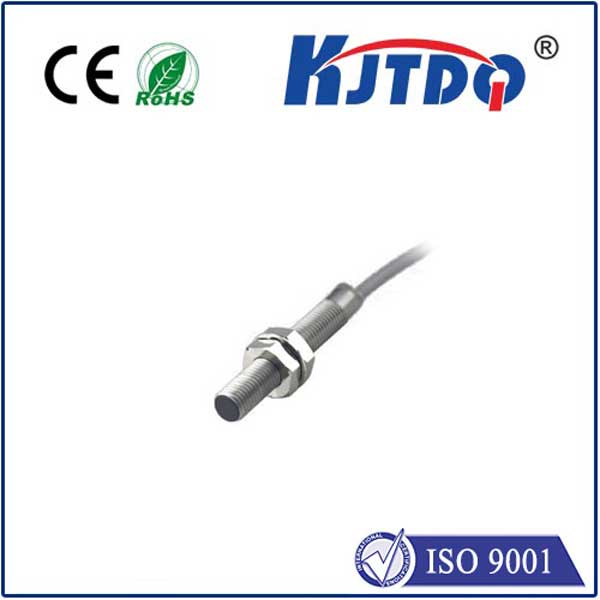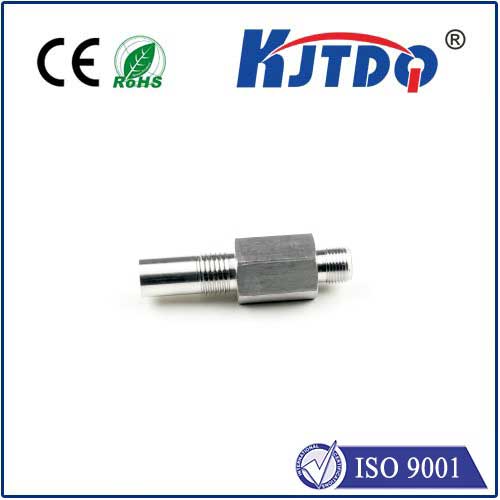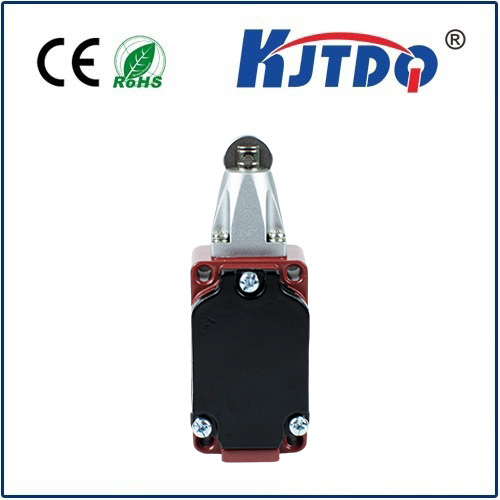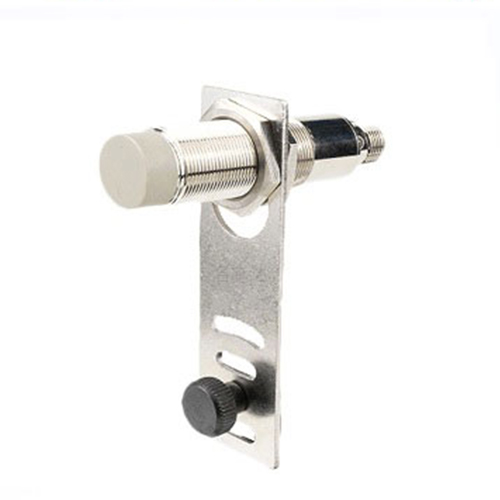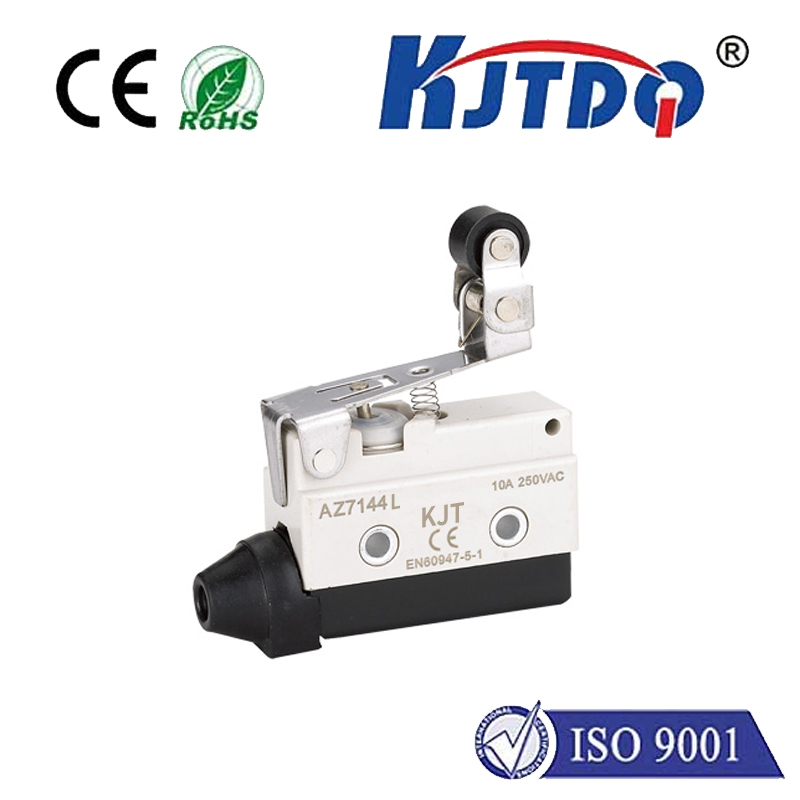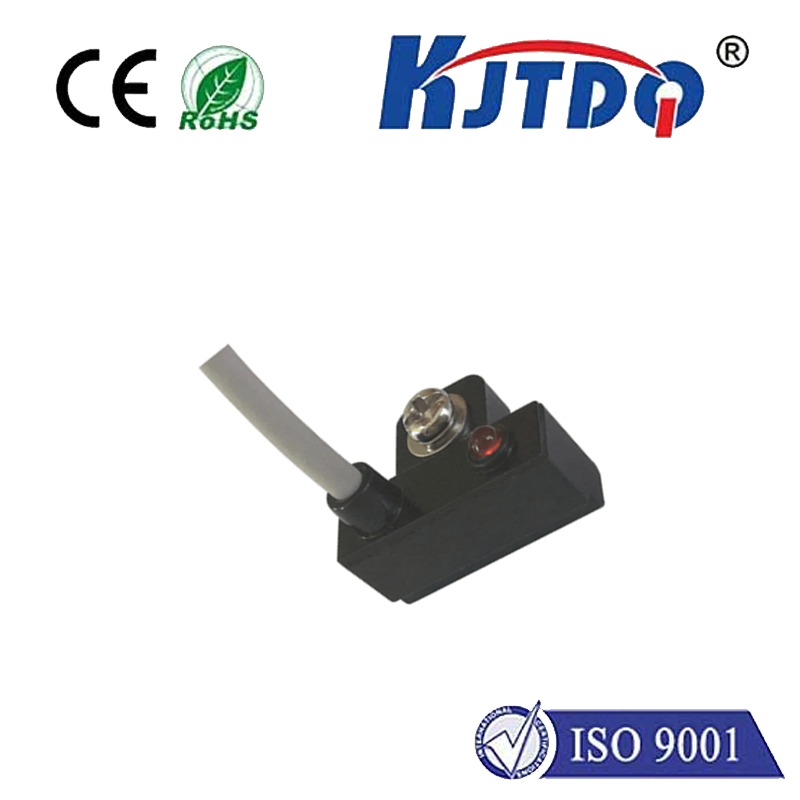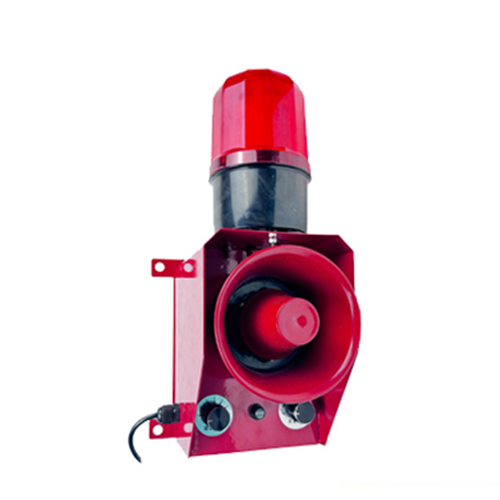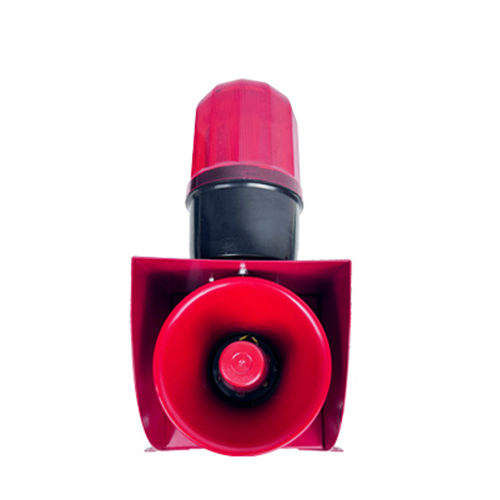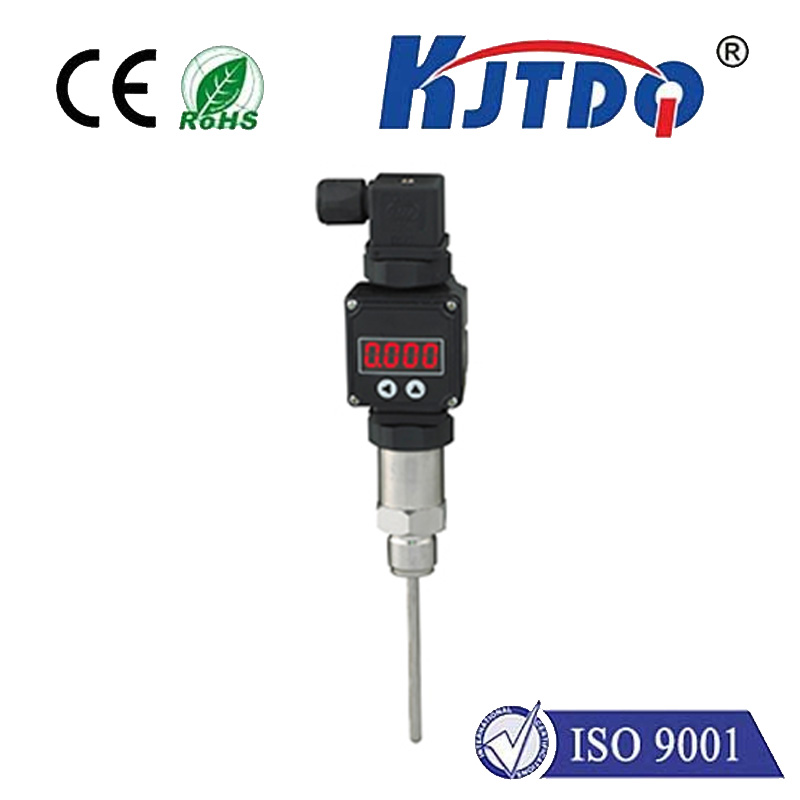

check

check

check

check

check

check

check

check

check

check
Imagine a high-security museum after hours. A figure moves silently towards a priceless artifact. Before they can even get close, a piercing alarm shatters the silence, lights blaze, and security is alerted – all triggered by an invisible barrier crossed. This silent guardian? A photoelectric beam system. Far more than just a simple beam of light, these sophisticated sensors are fundamental components in countless security protocols and industrial processes, offering precise, non-contact detection solutions.
The Core Principle: Light Interruption as Detection
At its heart, a photoelectric sensor operates on a beautifully simple yet remarkably effective principle: it uses a beam of light (typically infrared light, though visible and laser light are also used) to detect the presence or absence of an object. The system consists of two main components (or one combined unit):
When the beam travels unimpeded from the emitter to the receiver, the system registers a “clear” state. However, if an object interrupts this beam, even partially, it reduces or completely blocks the light reaching the receiver. This detected change in light intensity triggers an electronic signal – the sensor’s output. This output can be configured to activate an alarm, stop a machine, open a door, count an object, or perform countless other automated functions.
Overcoming Environmental Challenges: The Types of Photoelectric Sensors

While the core principle is straightforward, real-world environments present challenges like dust, fog, vibration, and varying material surfaces. To address these, engineers have developed different photoelectric beam sensor configurations:
Beyond Security: Diverse Applications Driving Efficiency
While security is a prominent application, the versatility of photoelectric beam sensors extends far beyond triggering alarms:
Advantages Over Alternative Sensing Technologies
Photoelectric sensors offer distinct benefits compared to other common detection methods like mechanical switches, ultrasonic sensors, or capacitive sensors:
The Evolution: Smarter, Smaller, More Resilient
Modern photoelectric beam sensors are feats of miniaturization and intelligence. Advancements in LED and laser diode technology provide brighter, more focused beams. Integrated microprocessors enable sophisticated functions like background suppression (ignoring objects beyond a set distance in diffuse mode), adjustable sensitivity, time delays, and self-diagnostic capabilities. They are built to withstand harsh industrial environments – resistant to water, dust, vibration, and even chemical exposure. Connection options now frequently include IO-Link for enhanced data communication and remote configuration.
Conclusion: An Indispensable, Evolving Technology
From safeguarding priceless artifacts and factory workers to ensuring smooth automated logistics and efficient door operation, photoelectric beam sensors are truly the unseen, silent sentinels of our modern world. Their fundamental principle of light interruption provides a reliable, versatile, and efficient means of detection. As technology continues to advance, these sensors become smaller, smarter, more resilient, and even more integrated into the Internet of Things (IoT), solidifying their role as a cornerstone technology in both security and industrial automation for the foreseeable future.
